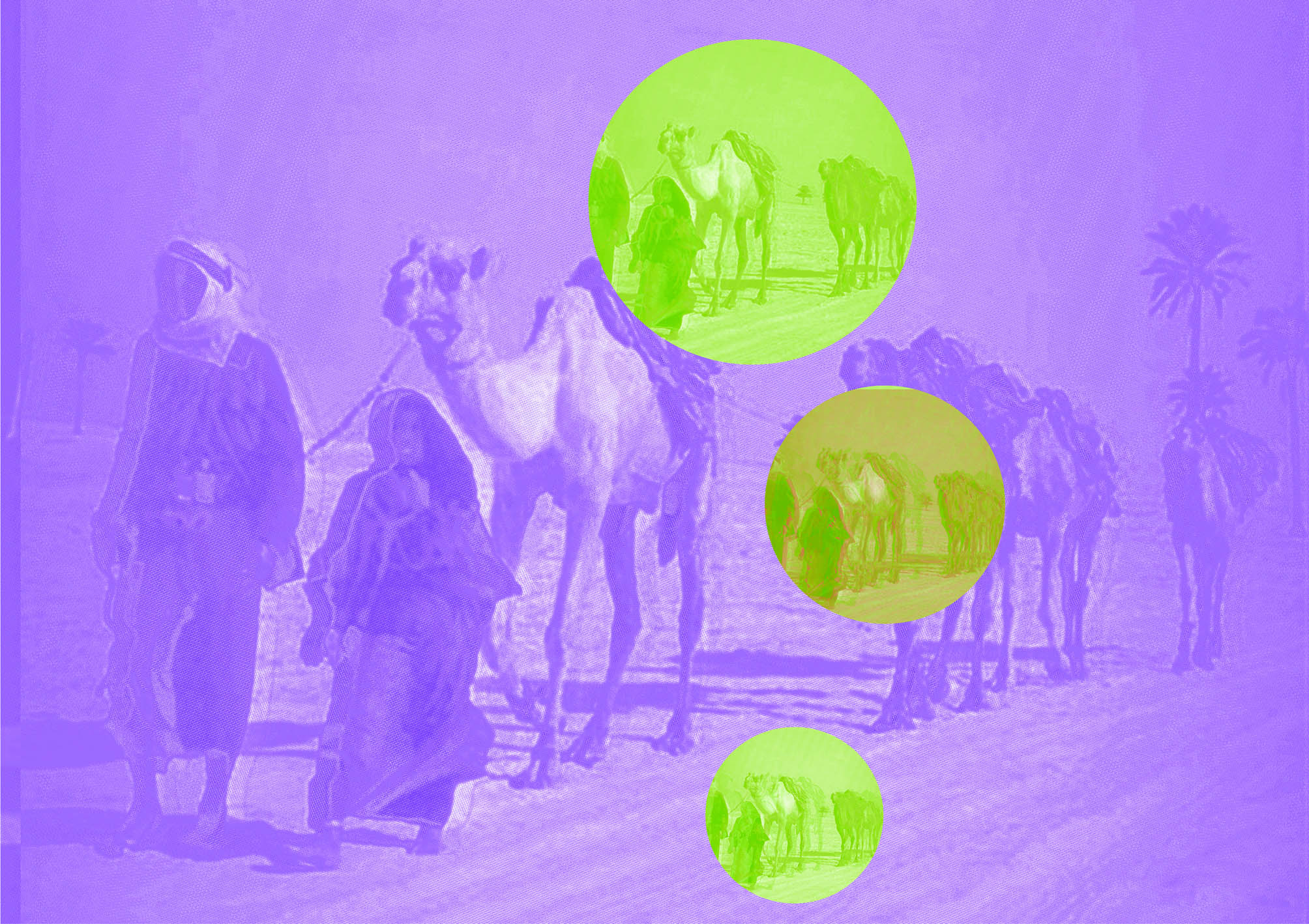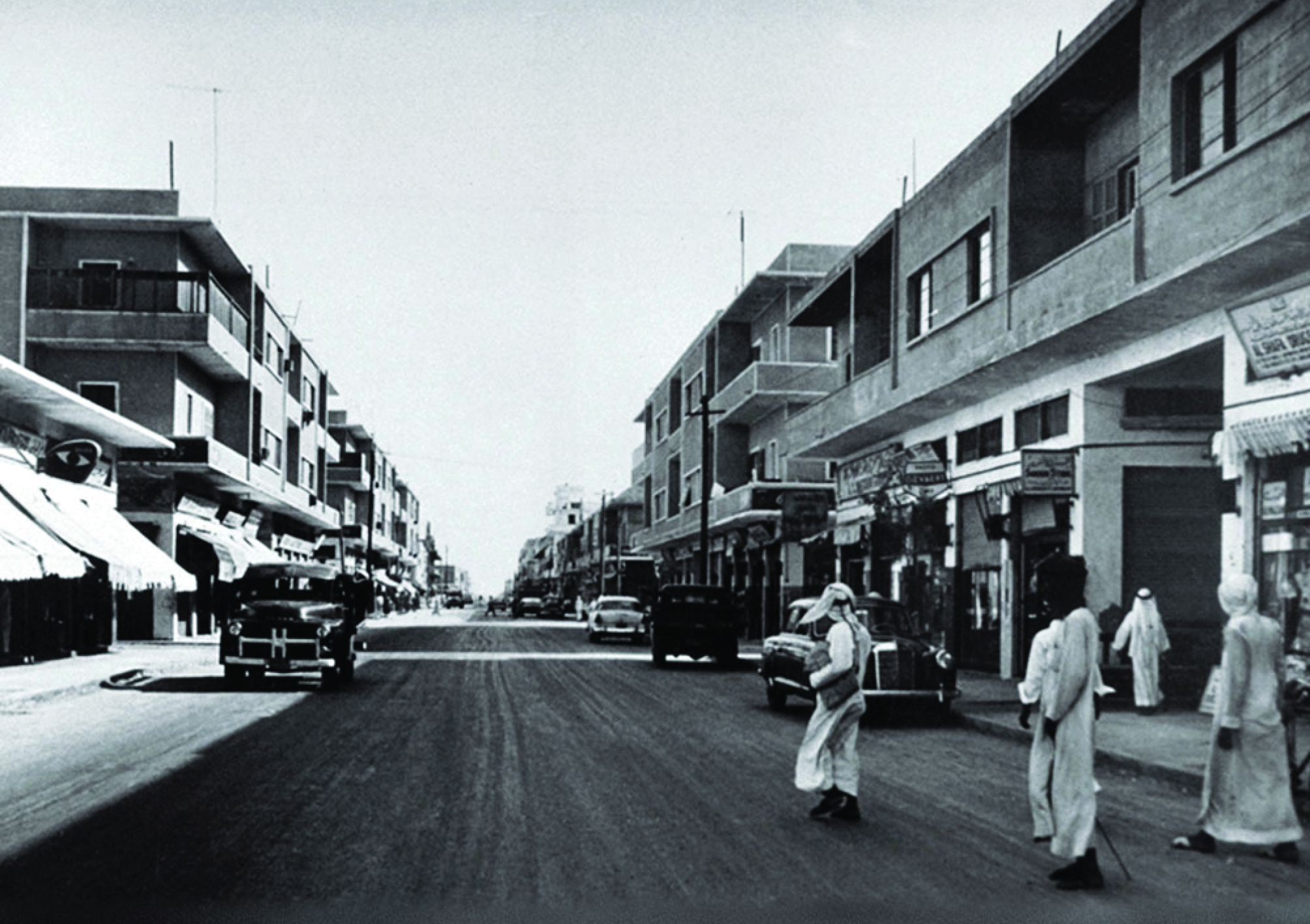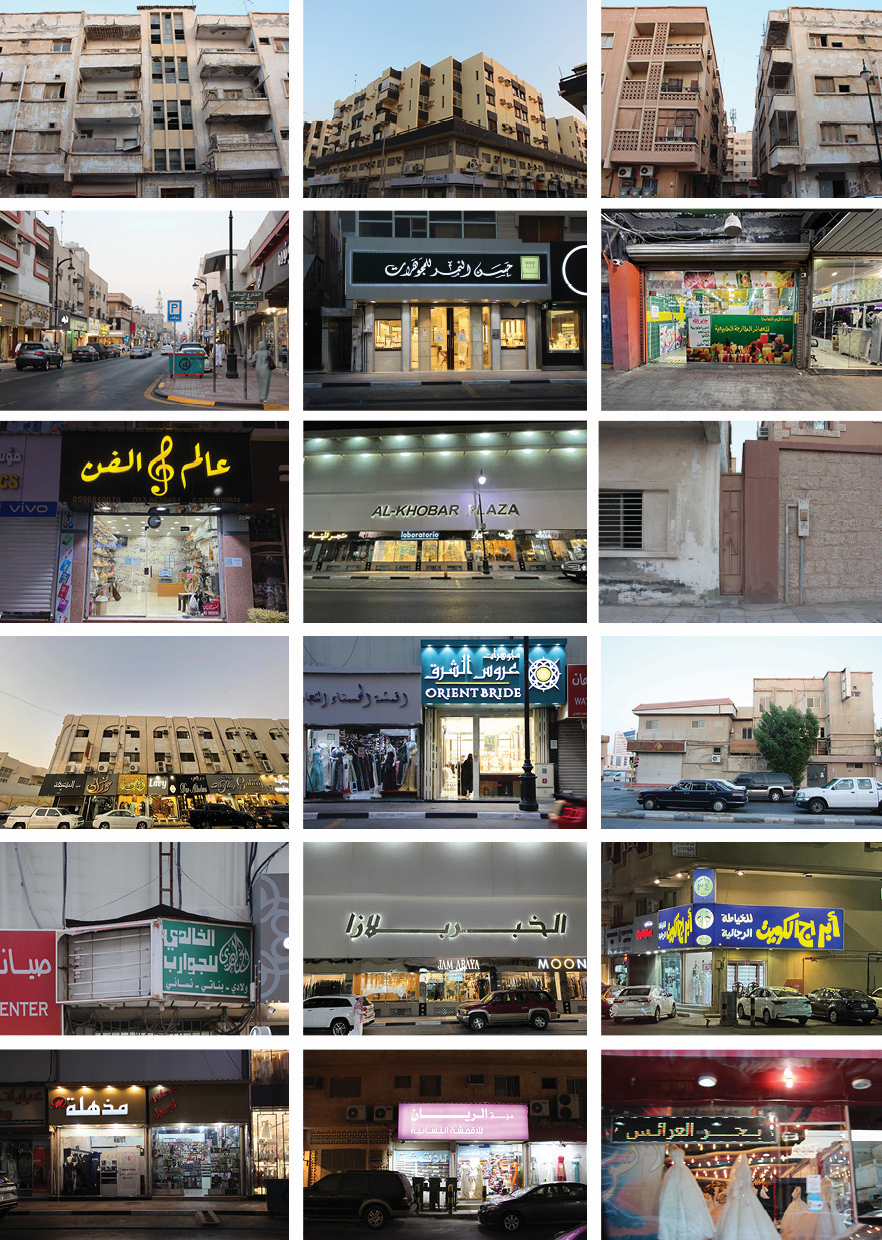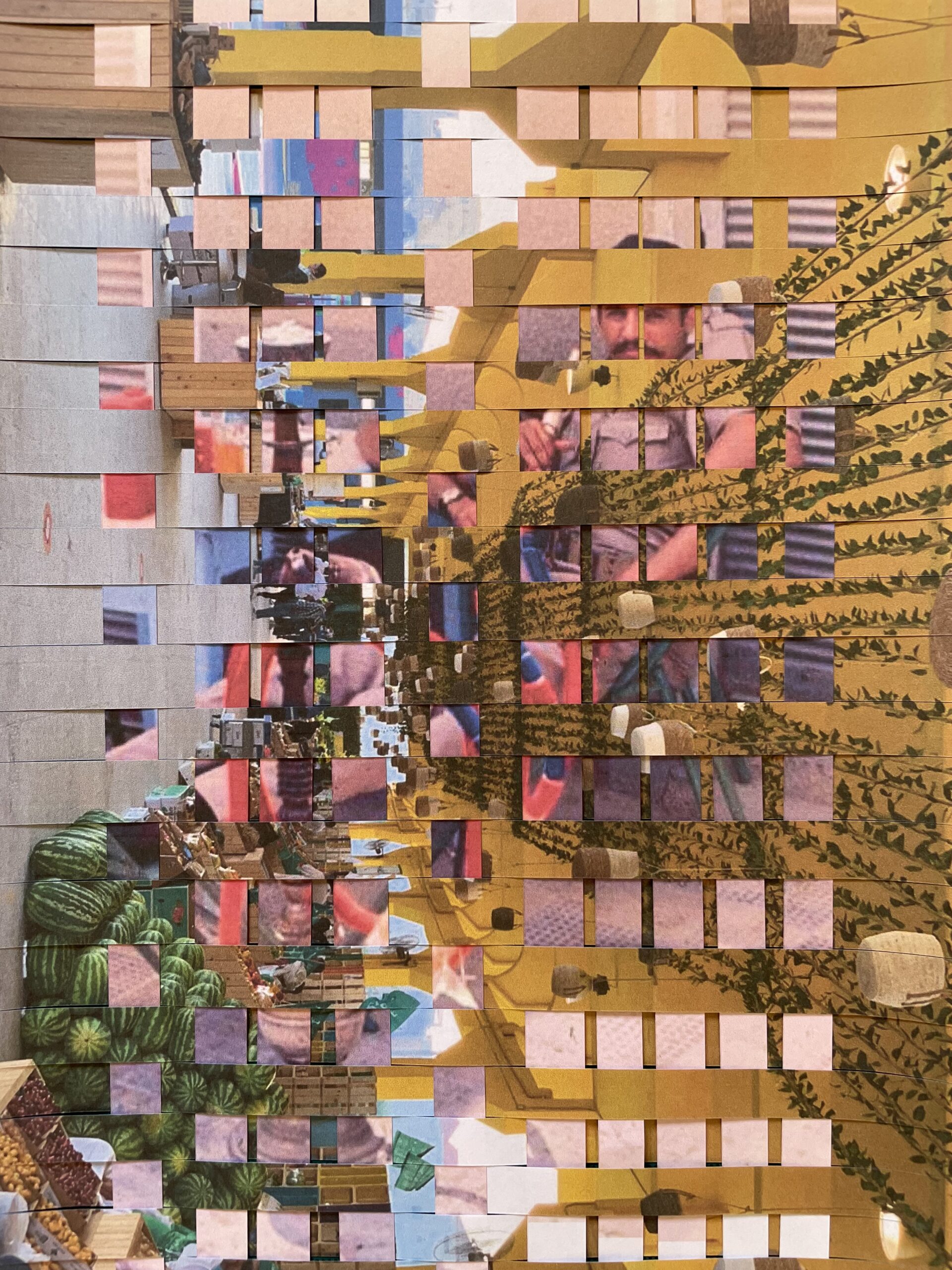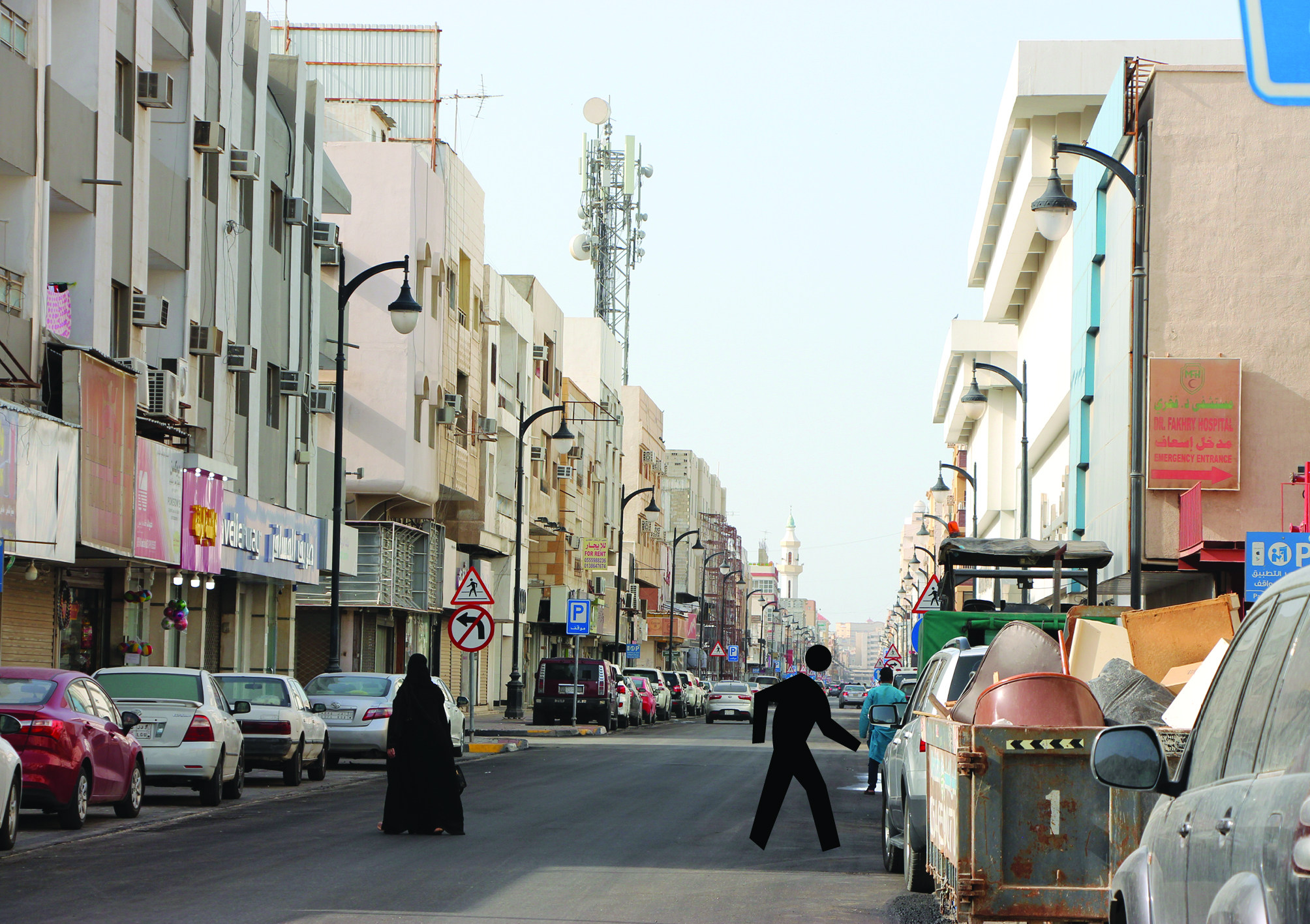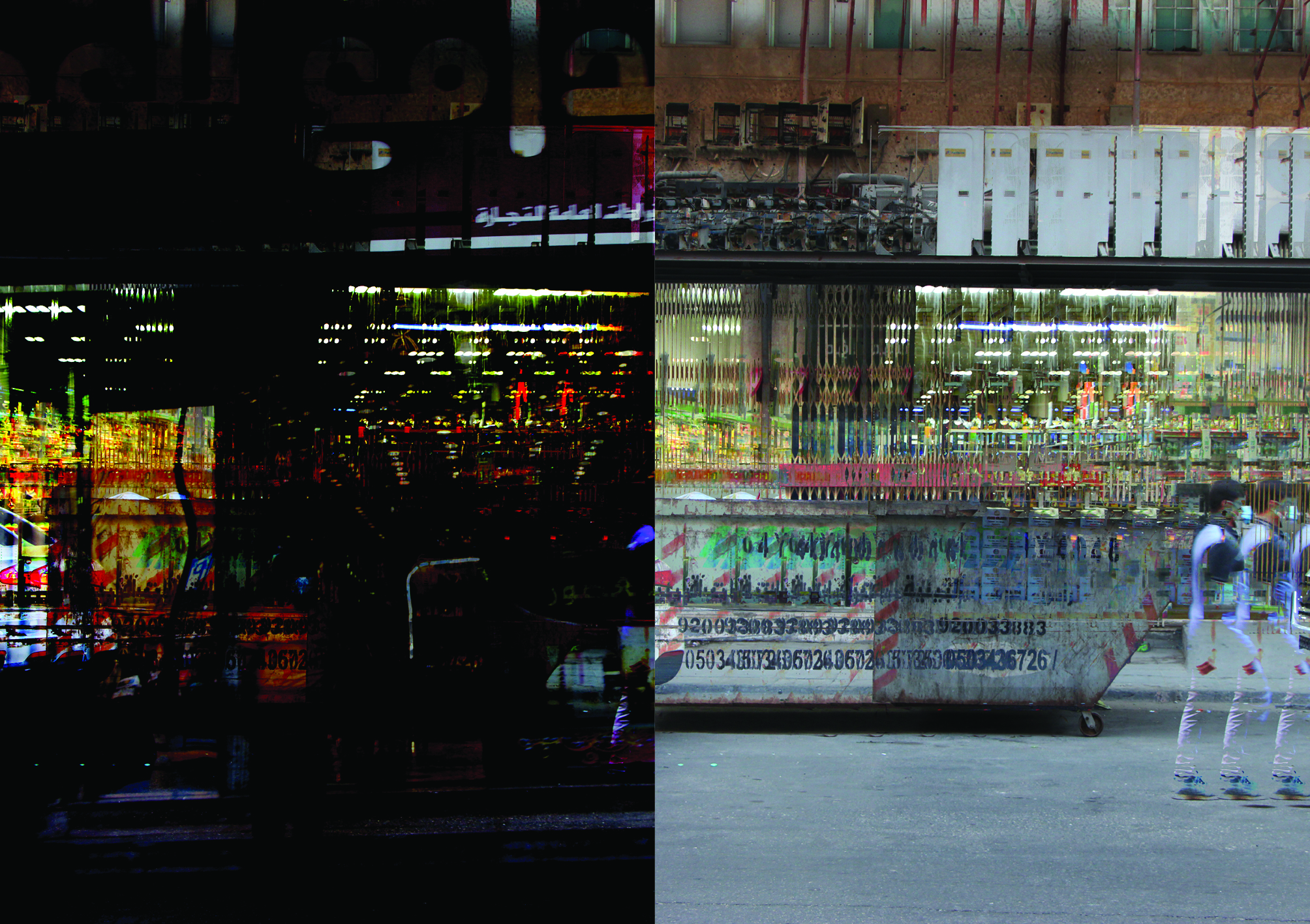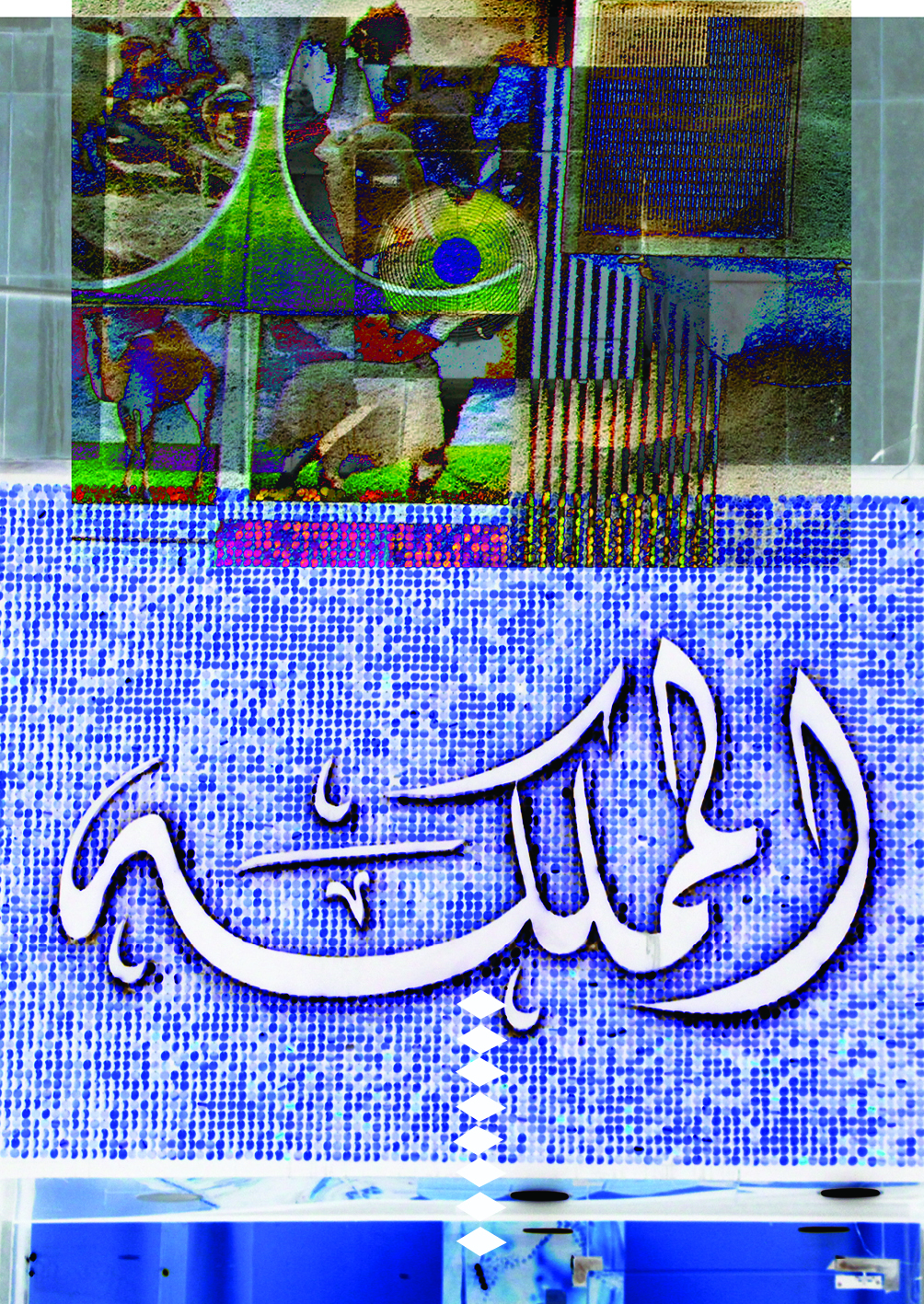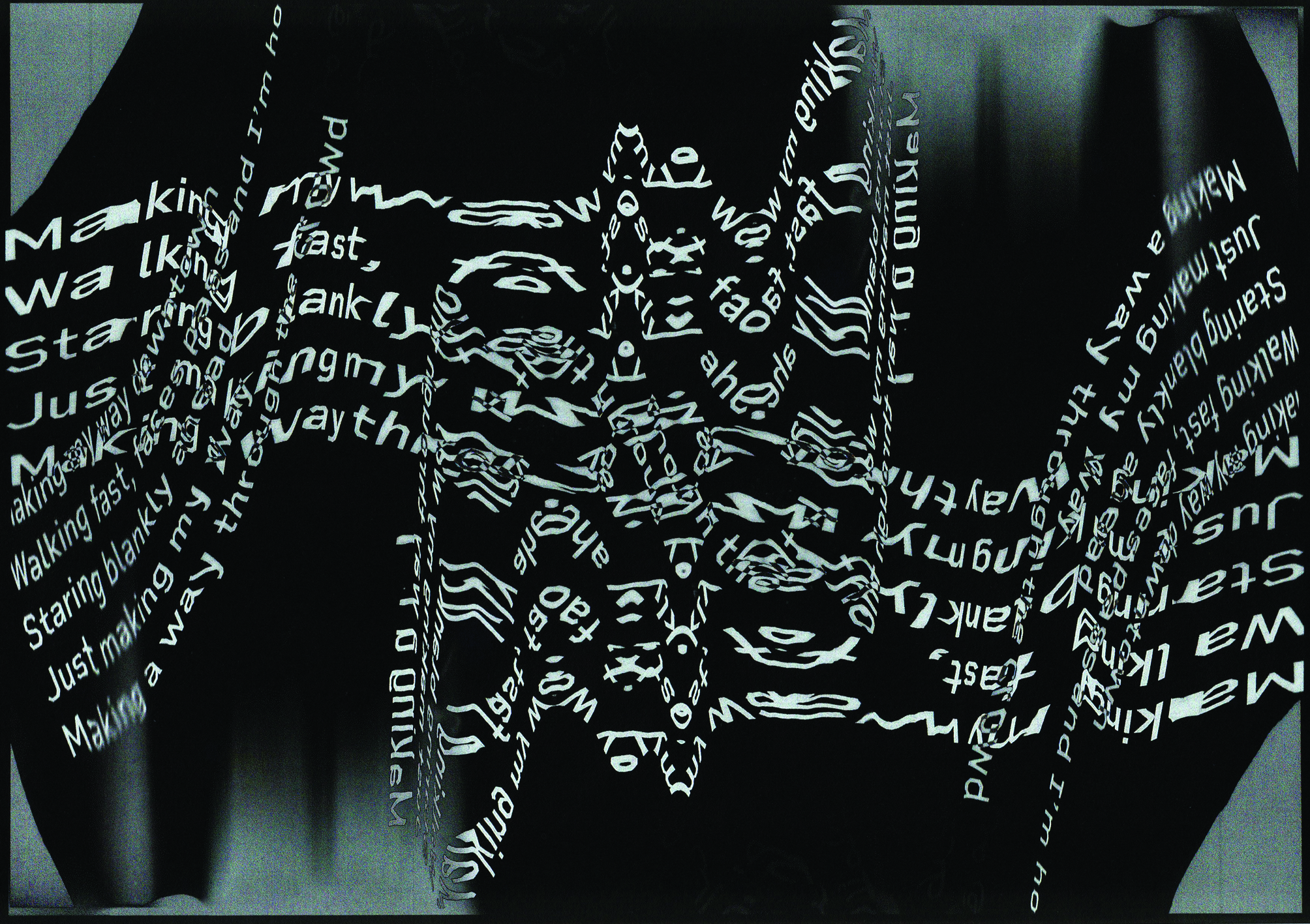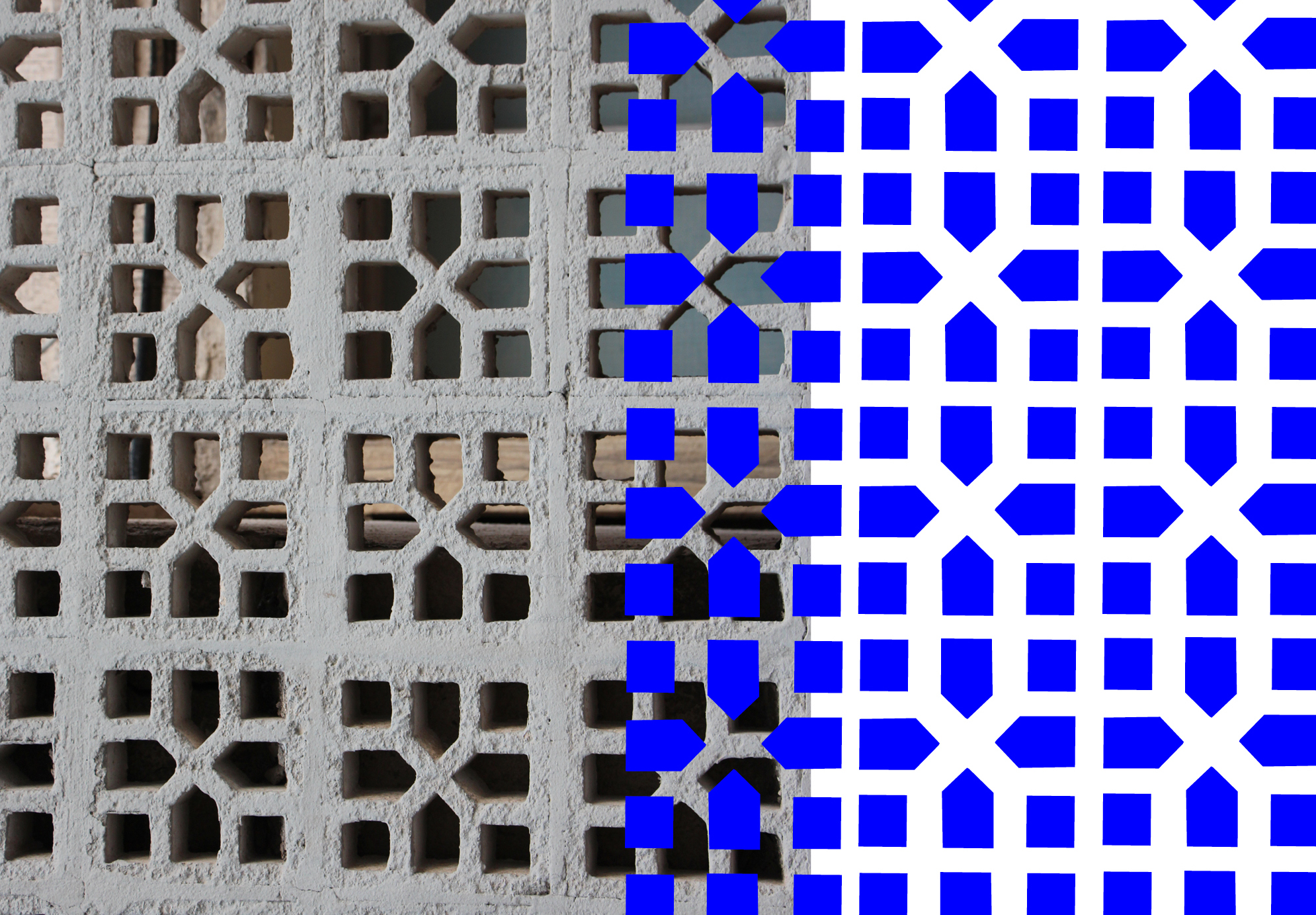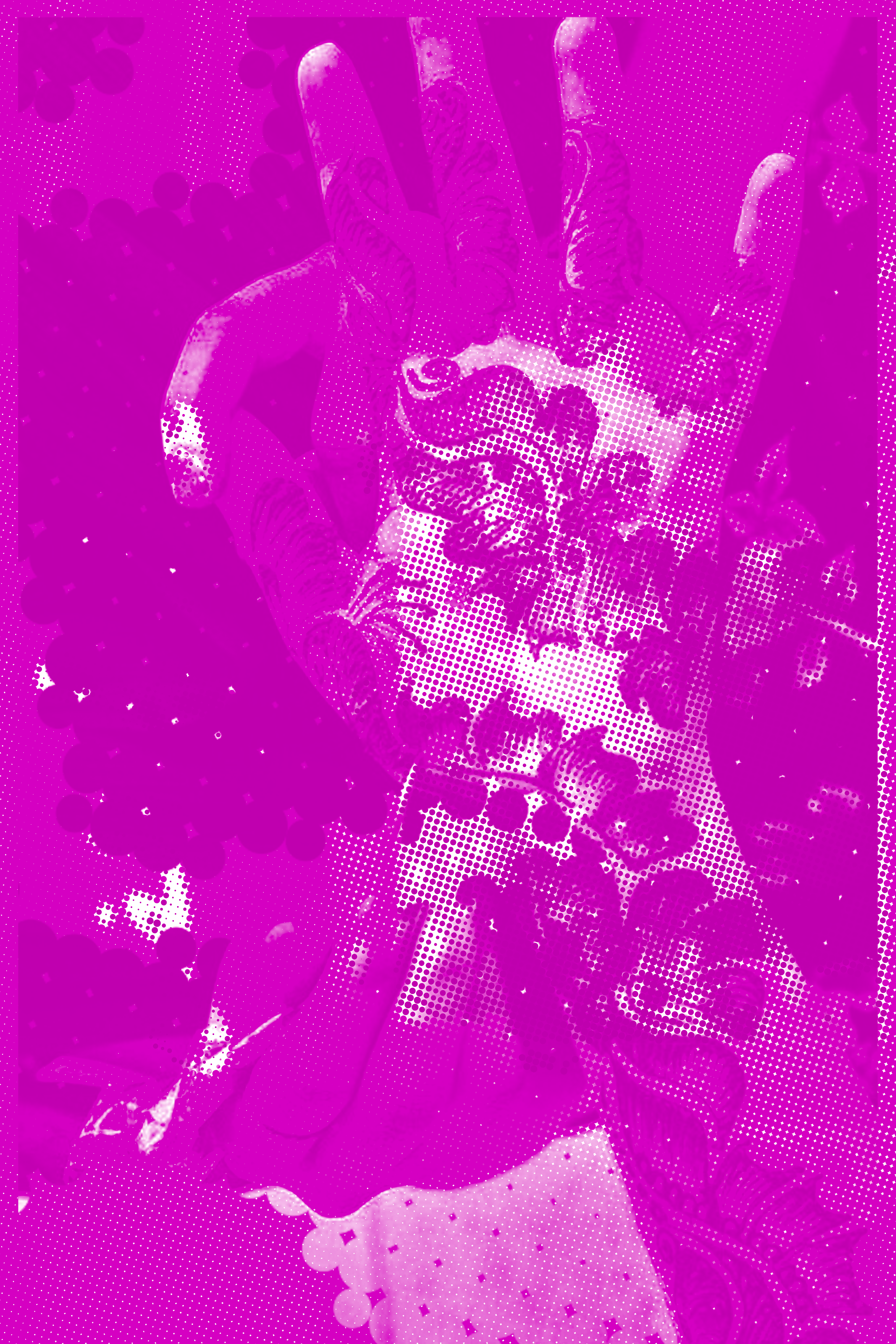Dina Lutfi
You are Where You Live: Identity and the City’s Vernacular is about exploring everyday life within the city—specifically the city of Al-Khobar in Saudi Arabia. My exploration is one of identity, space, and the visual communication that can be found within urban public spaces. The themes investigated position graphic design as playing a role in documentation, extraction/derivation—both historical and contemporary—preservation, and interpretation. Through this thesis, I aim to understand my own position as a city inhabitant through the lens of being a resident, but also a designer/artist and educator drifting through its spaces. The visual aspects of my thesis book show parts of the city I have encountered over the years, but also facets I’m trying to explore in a deeper way, and it attempts to uncover more meaning in quotidian elements than what meets the eye.
The city is eclectic in its nature, and the visual explorations in this thesis represent what Al-Khobar contains within its spaces through photography, illustrations, and mixed media. Representing micro and macro details of the city is a way to familiarize the reader, viewer, and myself with what can be experienced in the city but is sometimes disregarded or forgotten. It also aims to encourage those interested in urban environments to think about how we shape our cities and are simultaneously shaped by them. City spaces can be similar and different around the world; it is the personal encounter and symbiotic relationships between objects, things, memories, people, behaviors, and actions that add connotative layers to space.
Cities around the world vary in terms of their smells, sounds, and appearances. The ethos of any city emerges through political, economic, and cultural conditions that are in constant flux. Ideally, cities are built and then maintained over time, but historical features can be eradicated, and spaces may lose features that once defined them. Every time period has its own cultural features described in literature, architecture, city streets, spoken language, sounds, smells, and sensory experiences.
What kinds of visual communication can be found in a city? Our cities have dialogues with us, whether through a few words at a time or through a multiplicity of sensory experiences. They talk to us through architecture, marketplaces, and chatter in the streets. What can public spaces tell you, and how much of your urban surroundings are you fully aware of?
Different people occupy city spaces: construction workers, commuters headed to work, shoppers, tourists, and flâneurs—a French term that means “stroller,” and it refers to people who wander around observing urban life. These “social actors” and many others move through city spaces to fulfill their everyday roles. The quotidian movements in public spaces are omnipresent as part of everyday urban life yet they’re frequently neglected.
The process by which forms are created and the forms themselves personify values and behaviors that affect our lives as humans. Thinking about urban spaces, and space in general, isn’t just about solid buildings and paved roads; the spaces carry globalization, politics, economies, social fabrics, and cultural diversity within them. Understanding the complexity of a city can be a quandary, but it’s also educational to know more about all the ideas, events, and people that have led the space to become what it is here and now.

